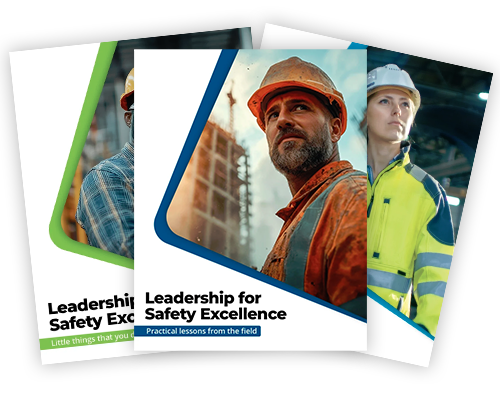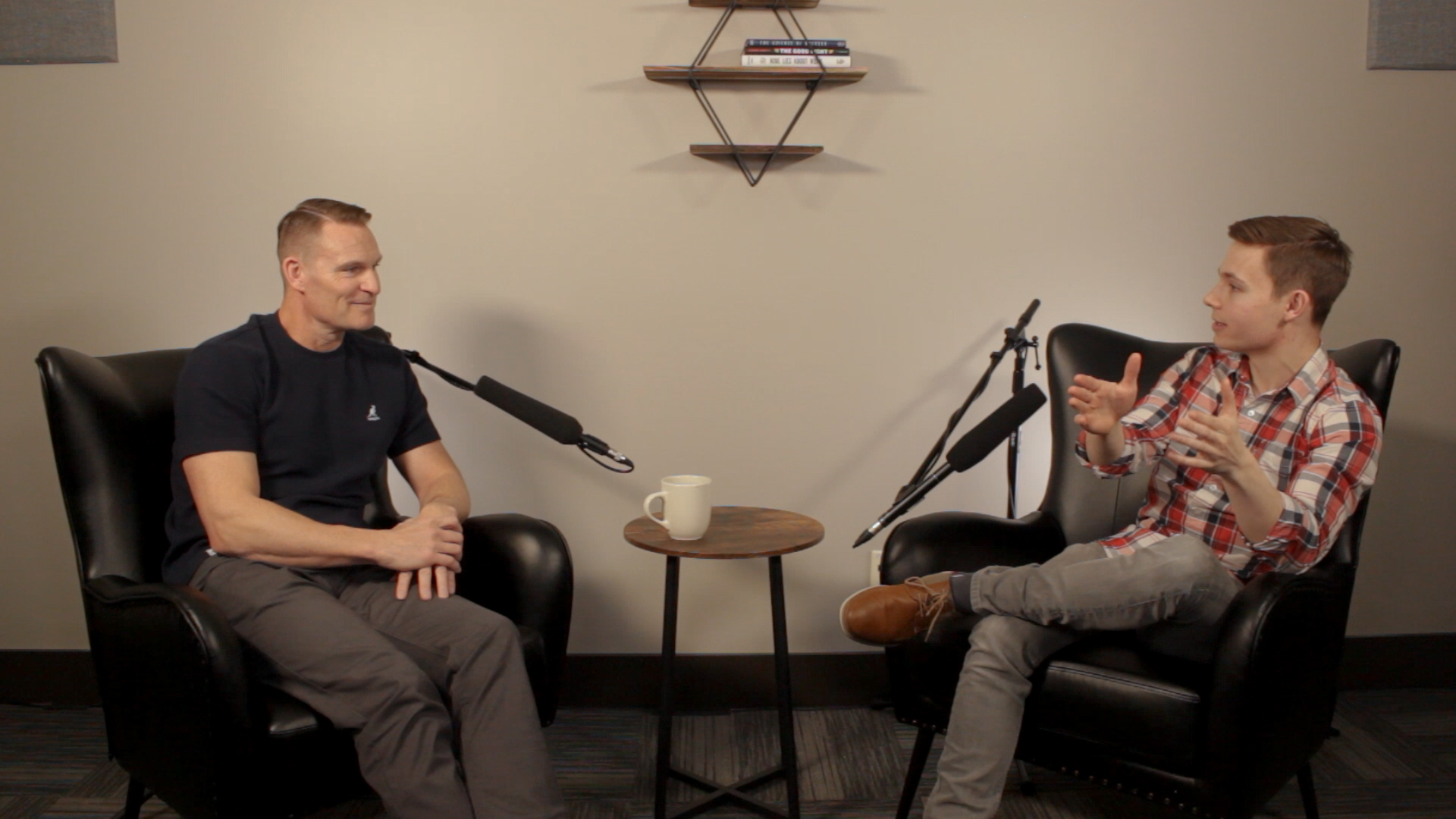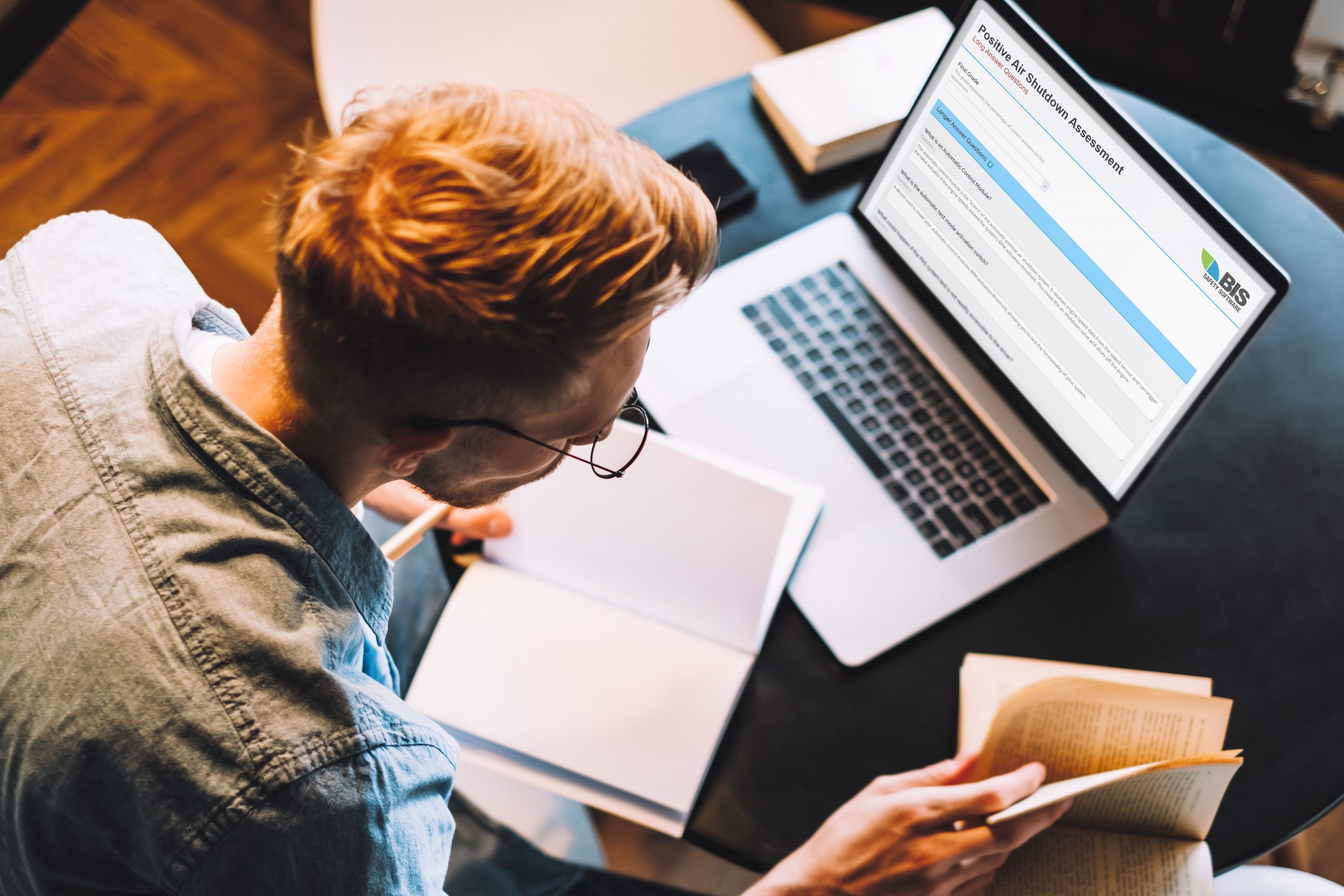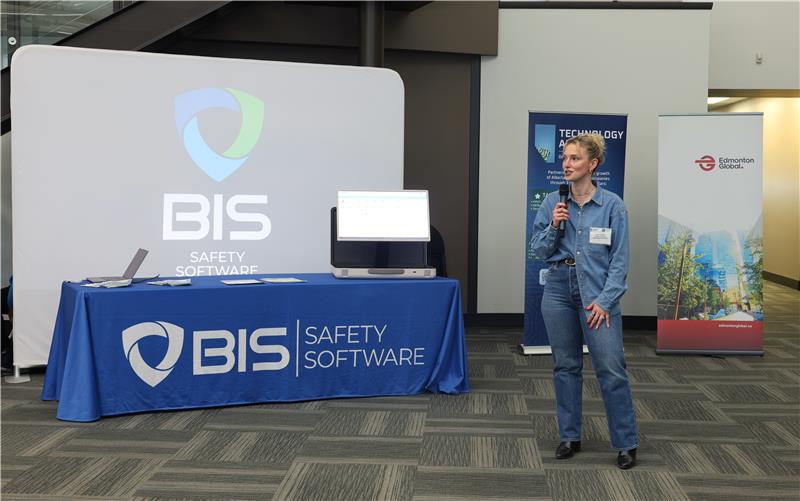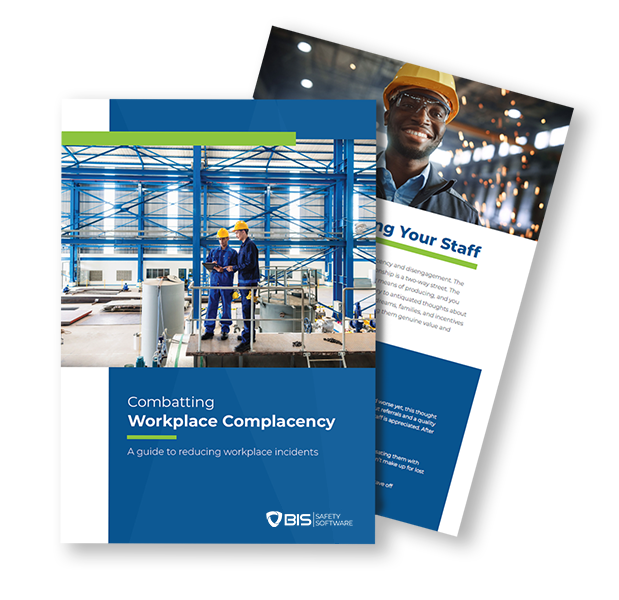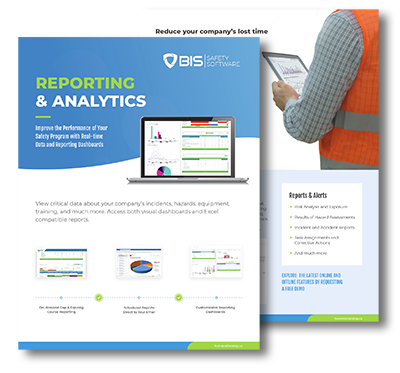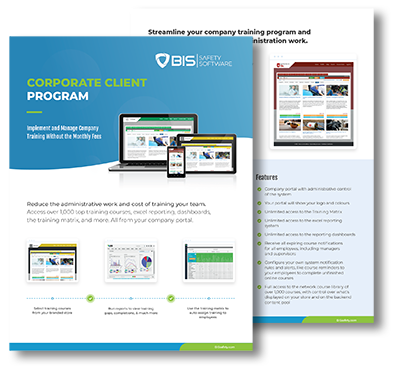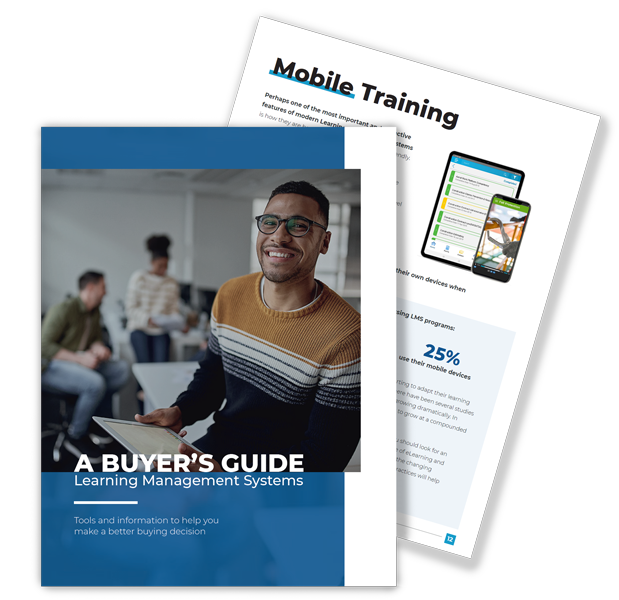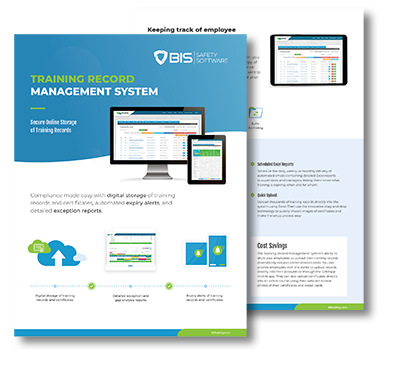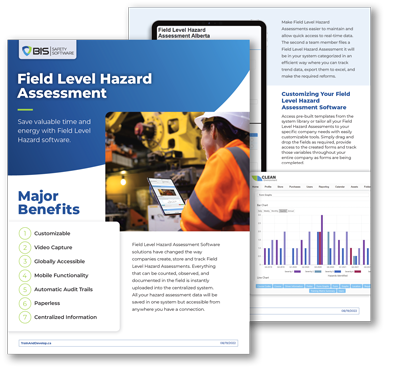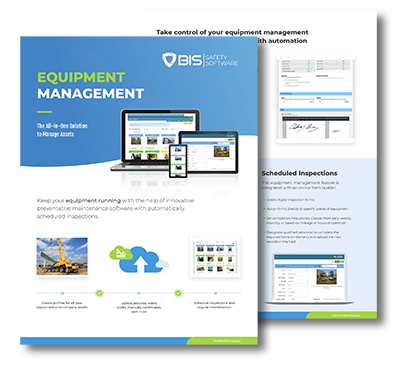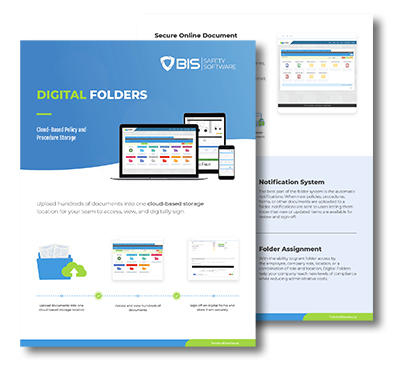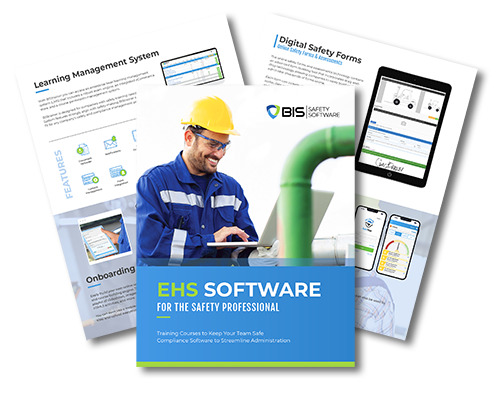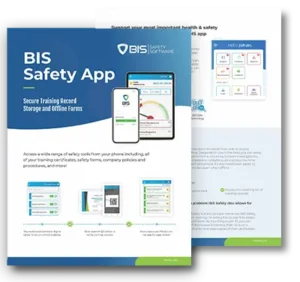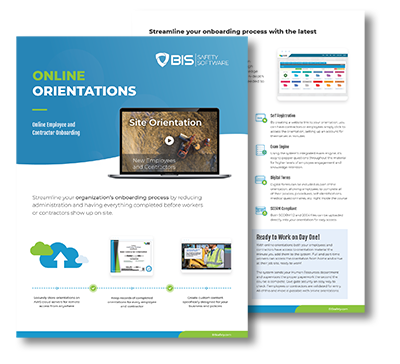Leading with Care and Confidence
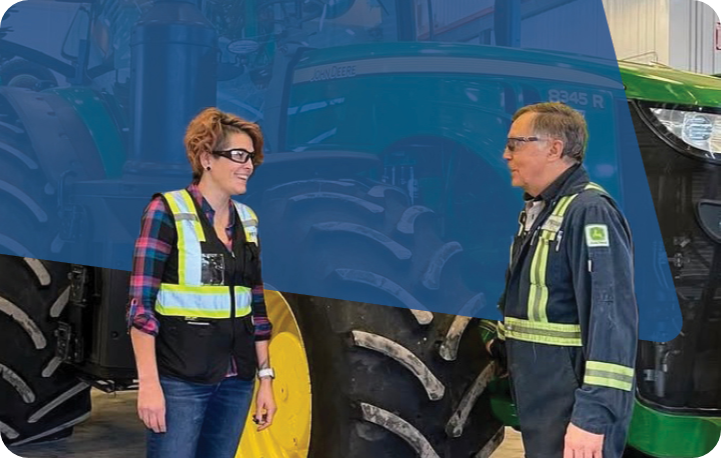
Erin leads with empathy, communication, and genuine connection, focusing on what workers experience every day. By building trust, encouraging open conversations, and creating training that empowers people, she strengthens safety from the ground up. Her people-first approach turns safety into a shared promise, not just a policy.
Empowering Safety Through Leadership and Connection
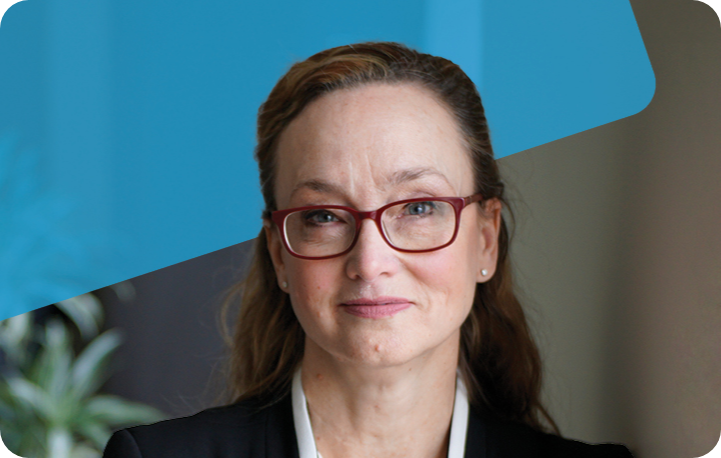
Melanie McGrath shifts workplace safety from policy and checklists to a people-led safety leadership culture rooted in trust, ethical leadership, and consistent communication.
Building Safety Through Understanding
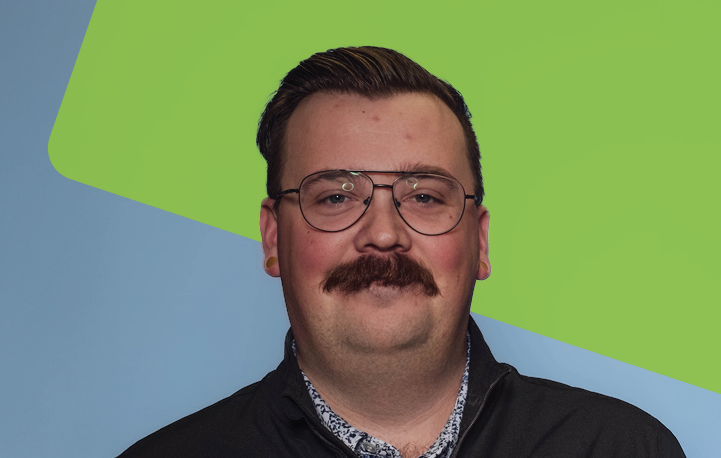
Ethan Winder’s approach to safety leadership goes beyond rules, he focuses on communication, trust, and understanding the real work people do. By leading with empathy and integrity, he helps build safety cultures where people feel heard, valued, and empowered.
How Curiosity, Connection, and Courage Shape a Safer Workforce
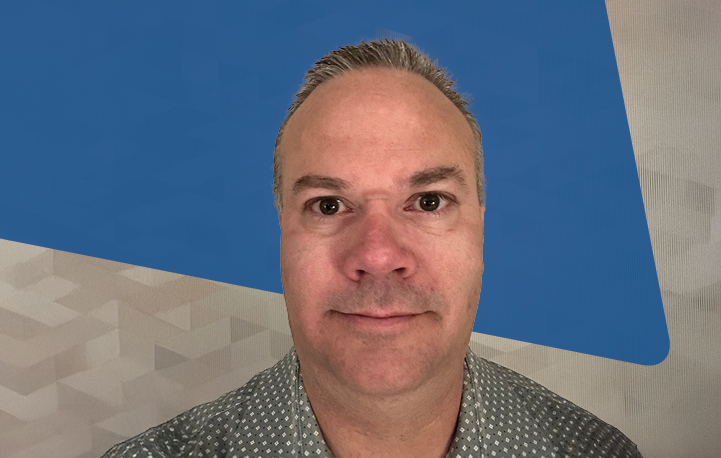
Adam Thornton’s safety philosophy goes far beyond rules. Grounded in curiosity, connection, and courage, his approach focuses on understanding real work, building trust, and strengthening cultures where people feel safe to speak up, learn, and lead. With over 30 years of experience across high-risk industries, he champions systems-thinking, ethical leadership, and human-centered change.
Leadership and Worker Protection in Construction
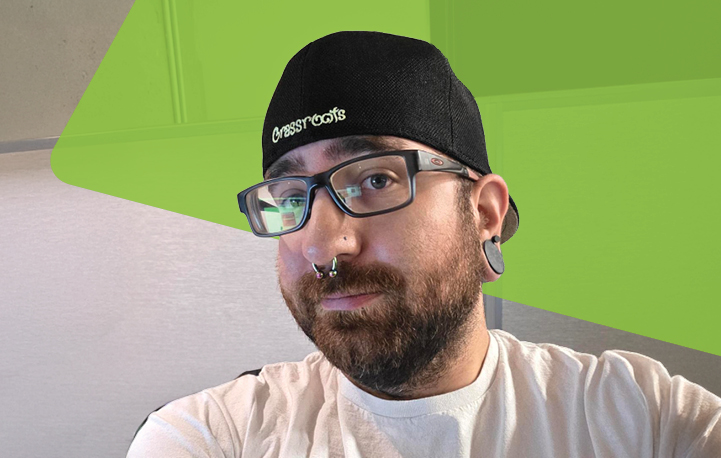
Matt Gruetzman’s safety journey highlights why strong leadership, trust, and communication shape safer construction sites. His approach shows how people-focused leadership builds confidence, increases reporting, and keeps crews protected.
Honest Leadership, Real Results

Dallas Schneider, Health and Safety Manager at Sang Co-Op Ltd., shares how honest leadership and strong fundamentals like management buy-in, hazard assessments, and continuous improvement build lasting safety programs.
More Than Rules: Building Real Safety Relationships
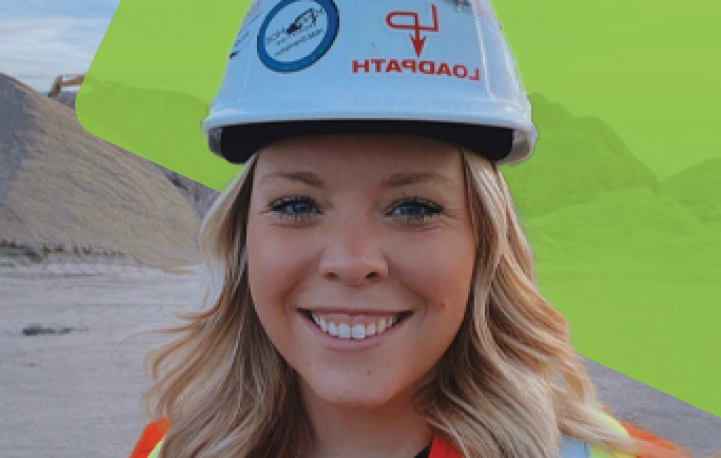
Chelsea Shaver’s journey from childcare to construction safety proves that true safety culture is built on trust, not rules. Through empathy, consistency, and real relationships, she’s helping crews see safety as teamwork and not enforcement.
Making Safety Simple
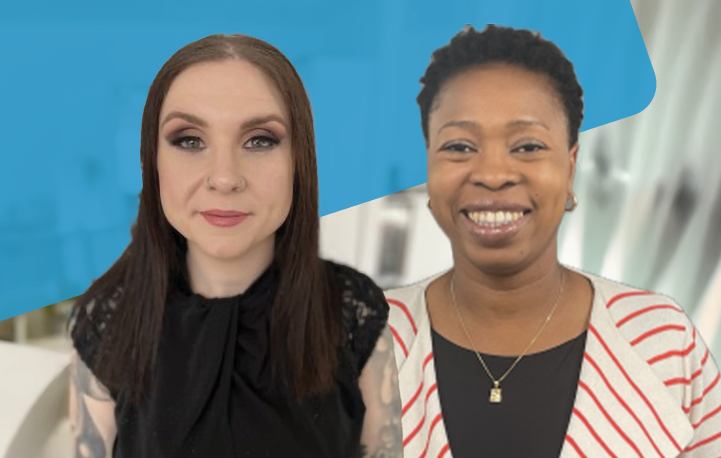
Carling Landon and Gift Avwomakpa are transforming safety at Driving Force by simplifying complex procedures, building trust with workers, and turning compliance into collaboration. Their focus on clarity, mobile accessibility, and employee feedback has created a safety culture that’s embraced, not enforced.
Built on Trust:
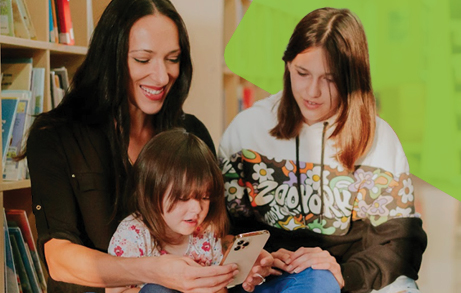
This story explores how human-centered safety leadership, emotional intelligence, and digital transformation are helping build safer, more resilient workplaces.
Scott Lyall’s Safety Storytelling: Bringing Humanity to High-Tech Workplaces

Scott Lyall transforms traditional safety training by blending storytelling with scalable technology, creating buy-in, boosting engagement, and turning compliance into culture, He champions “omni-training” for today’s learners, infusing humanity into safety protocols, and aligning safety with company-wide efficiency.



